A miniature, shape-changing robot could have applications in search and rescue, scuttling across tight and cluttered environments like an insect.
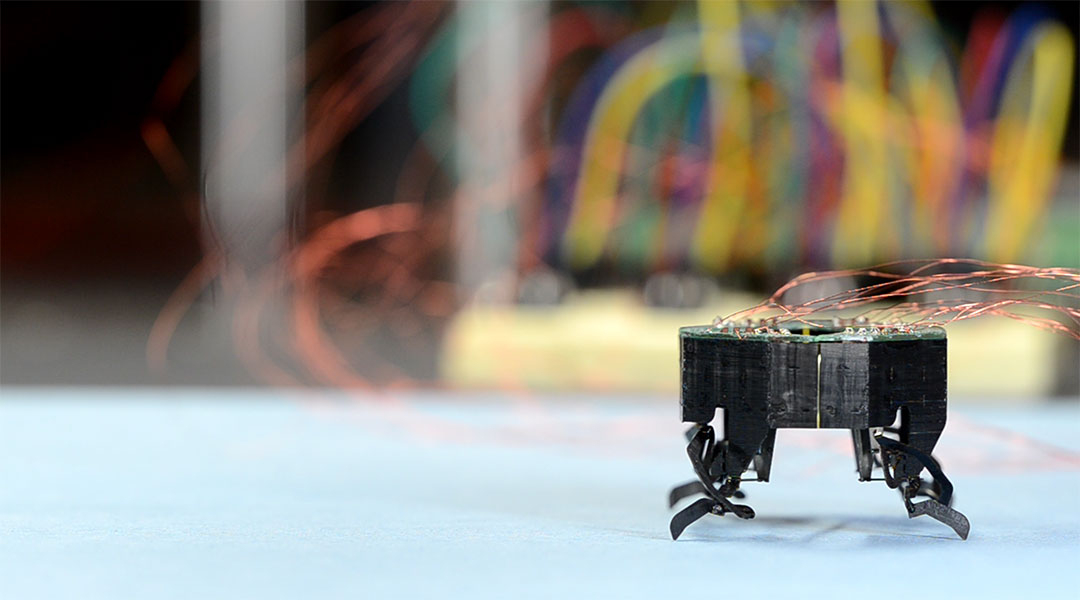

A miniature, shape-changing robot could have applications in search and rescue, scuttling across tight and cluttered environments like an insect.

A year-long survey of an ordinary urban lot found over 1000 unique species, revealing our yards are home to a great diversity of life.

Squash plants send chemical warnings underground, empowering neighbors to resist insect attacks, providing insights into natural pest management.
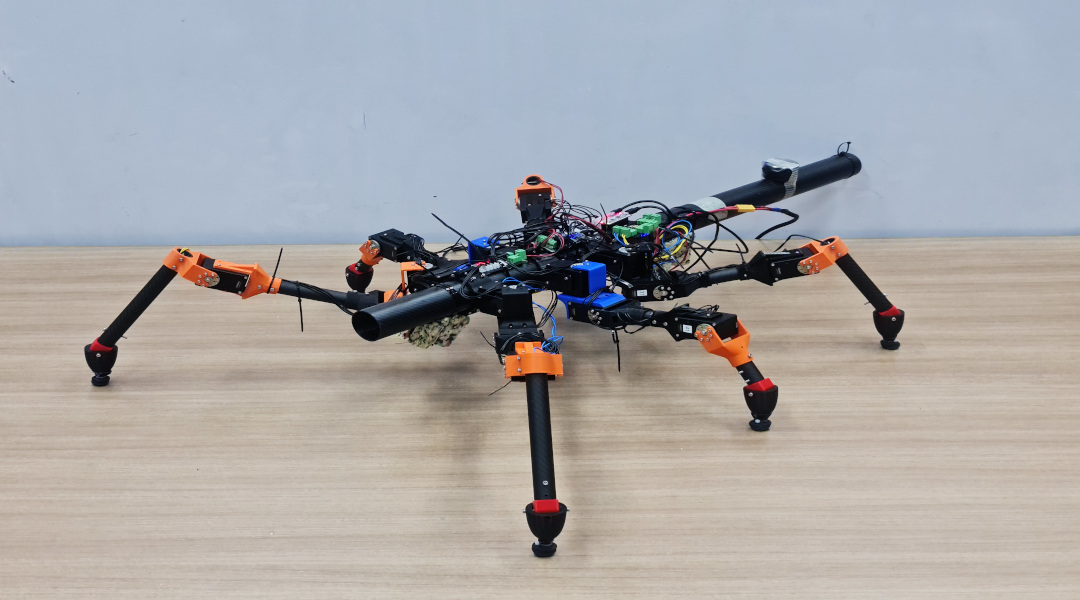
Researchers use stick insect locomotion as inspiration for machine learning approaches to teaching robots how to walk.
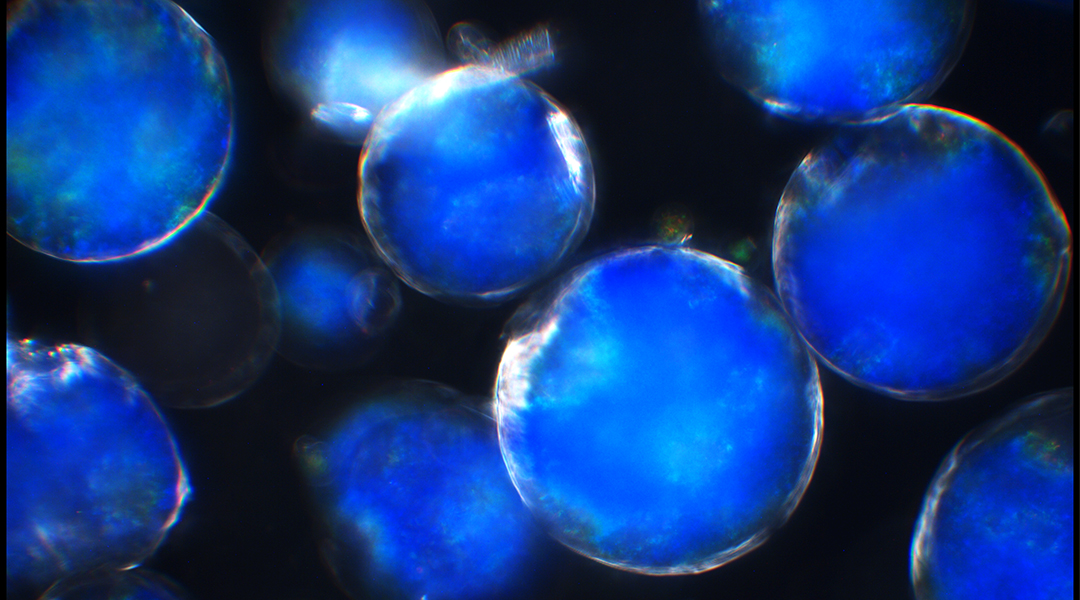
Using a derivative of cellulose, researchers explore making a natural food colorant from materials whose surfaces manipulate light.
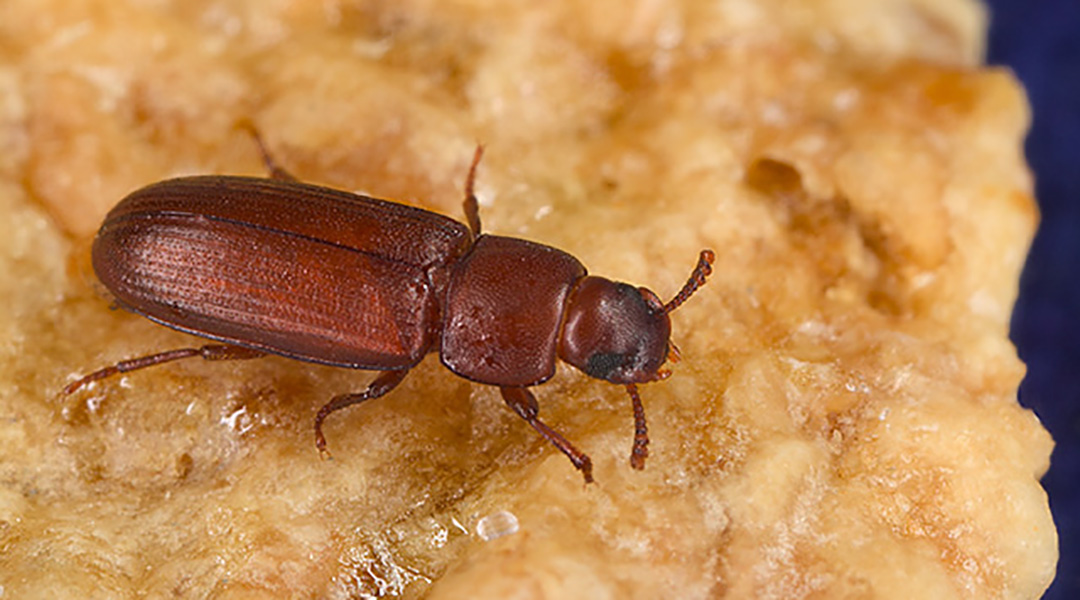
Understanding the mechanisms by which genes can be “turned off” could be a powerful means of pest control.
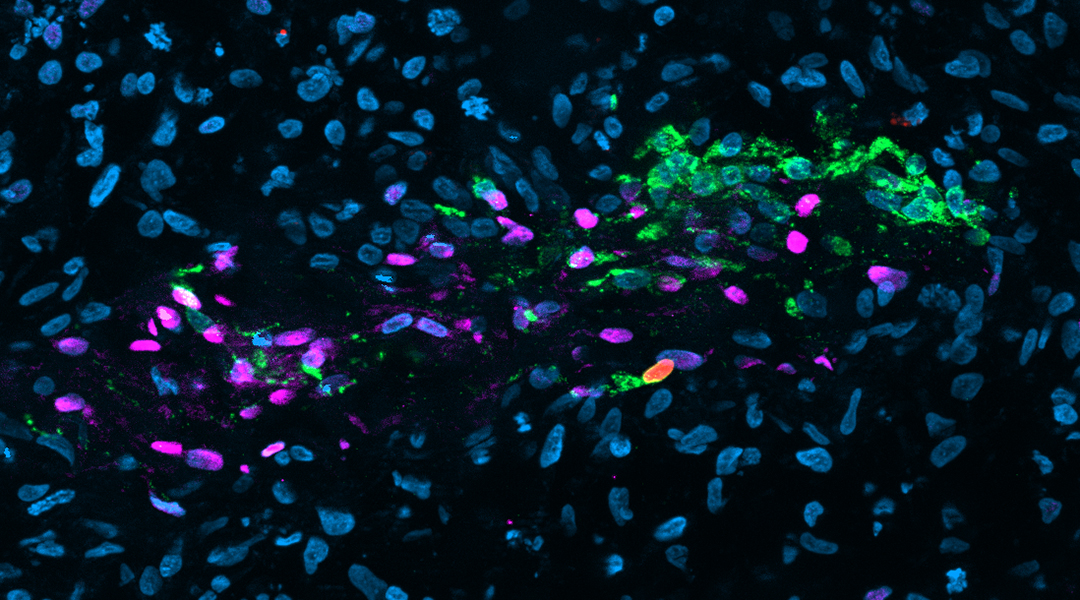
Dehumidifying pendants, the origins of olfactory neurons, microspectrometers, and transforming cancer agents.

Using stimuli-responsive hydrogels with regularly arranged colloidal particles, researchers create color-changing microrobots that can freely explore and gather information.
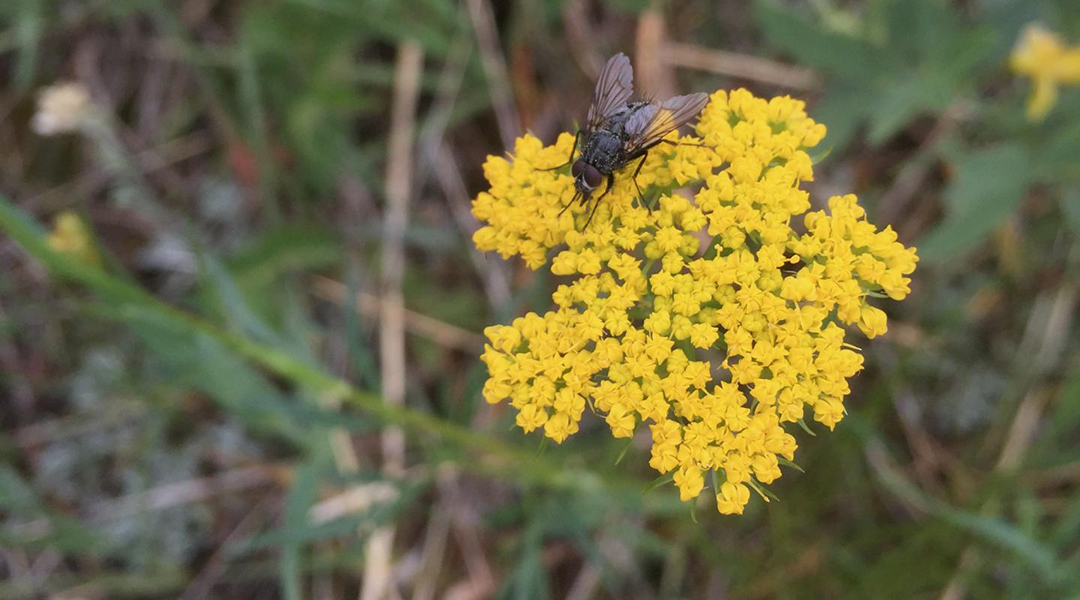
New study finds “generalist” plants and pollinators play a crucial role in maintaining biodiversity and may also serve as buffers against some impacts of climate change.
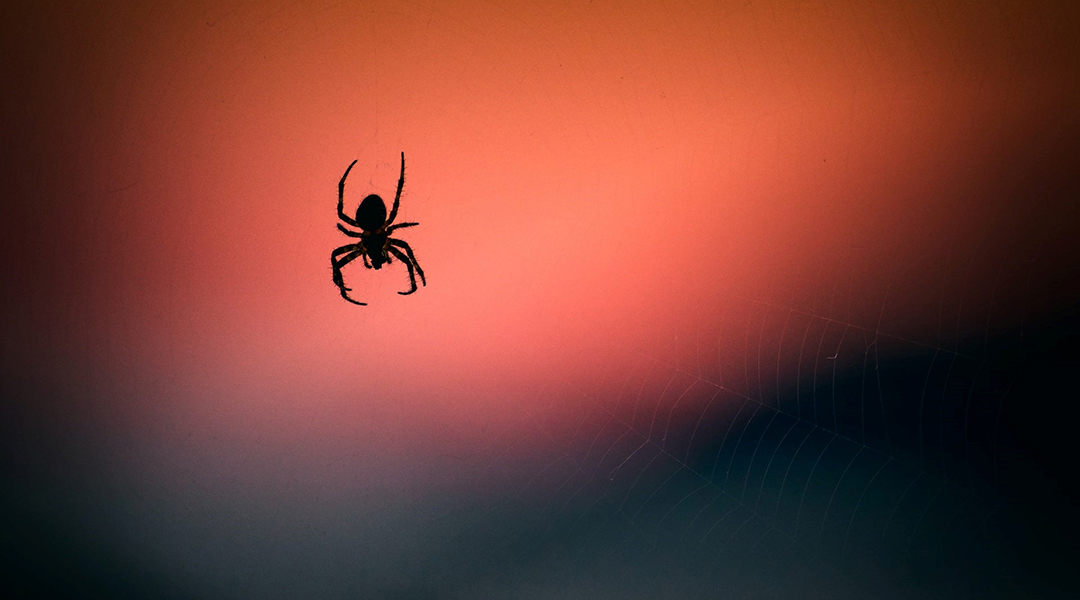
New research is uncovering the importance of small predatory species in shaping ecosystems and managing threatened populations.